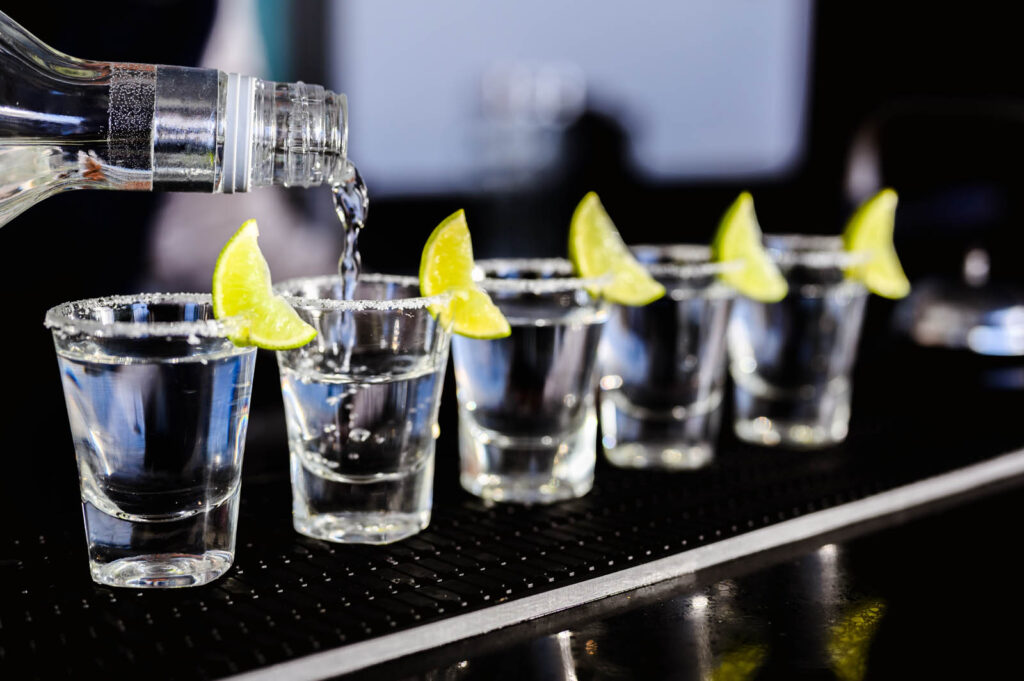
overview
An alcoholic beverage company that owns multiple vodka brands wanted to create a strategy to strengthen each of their brands while limiting cannibalization across brands. At the time, vodka was one of the most popular spirits consumed.
C+R conducted a multi-phase study followed by a large-scale quantitative segmentation study to align each brand to its own unique segment and optimize the client’s strategy overall and across brands.
THE PROBLEM
Strengthening Competing Brands, Limiting Cannibalization
An alcoholic beverage company that owns multiple vodka brands wanted to create a strategy to strengthen each of their brands while limiting cannibalization across brands. In addition, alcohol can be difficult to study; understanding consumption choices, researchers must explore a myriad of occasions, brands, and varieties.
Within this category, and for vodka in particular, brand strengths are more essential to brand image than product attributes. So, understanding the imagery of each brand and how the unique images manifest in different users, occasions, needs and behaviors is critical. Additionally, because vodka drinkers often drink other categories, understanding “why vodka?” is a critical first step to understanding why a particular type of vodka.

OUR APPROACH
Qualitative Research Followed by Large-Scale Quantitative Segmentation
To explore the vodka marketplace and identify unique segments, C+R conducted a multi-phase study: qualitative followed by a large-scale quantitative segmentation. The team started with a foundational exploration – hearing firsthand from consumers about the type of vodka they consume and why. We wanted a deep-dive understanding of consumers’ motivations for consumption, purchasing habits, and drivers, along with information about how ultimate brand choices fit with core needs.
Applying insights from the qualitative phase, we designed a large-scale quantitative study to quantify what we’d learned, using respondents’ own language to frame our questions. The survey results were then used to align each of the client’s brands to its own unique segment.

The result
Developing a Plan for Strategic Growth – Cheers to That!
Our research illuminated vodka’s core role and how it changes depending on the type of vodka selected. In general, consumers choose vodka because of its versatility. Vodka’s flavor, or lack thereof, means it can be consumed in many different ways, often taking on the flavor of mixers. Despite the growth of flavored vodka, unflavored vodka is still popular. Our research clarified “why” and “when” consumers choose flavored vs. unflavored vodka.
Results of the segmentation study allowed us to identify six consumer segments and assign them value based on their size and spend. We then aligned each one with the client’s five brands and developed directed strategy around what to communicate, who to communicate to, where to reach new and current users, and ultimately, how to grow each brand while limiting cannibalization.
To help the research results come alive, C+R hosted a moderated panel followed by “speed dating” with consumers from each segment. In the “speed dating” activity, each brand group was invited to sit down with each key segment for their brand and ask questions about vodka preferences and usage. Through these conversations, our client gained a nuanced understanding of each segment, which their brand would go after, and how to connect with the segment.
Despite the size and fragmentation of this category, our client walked away from the project understanding how consumers view the category as a whole, as well as where their brands fit into the vodka marketplace and how targeting specific brands to specific segments can help them win.


proven experience
related case studies
